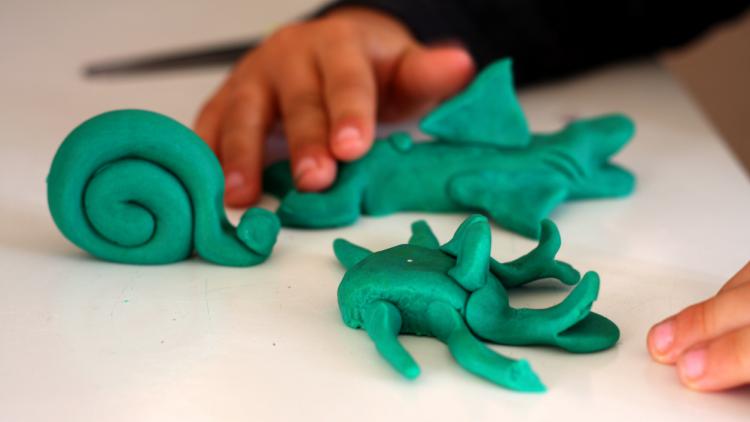
Science should be every child’s favourite subject. When else can you get incredibly messy, follow “what happens if…” questions to their conclusion and learn about the world around you, all at the same time?
Unfortunately, experiencing this side of science relies on pupils having the chance to do practical work, and while primary science offers plenty of opportunities for experimentation, in this current climate of stretched budgets it can be difficult to afford the equipment needed to be as hands-on as we would like.
So why not turn to the ultimate in affordable and reusable resources: modelling clay?
Stay with me here. Modelling clay might seem like a substance that is better saved for art and design lessons, but it is actually an incredibly versatile material that can be used to help children learn about key concepts in primary science, from Reception all the way through to Year 6.
Here are just a few ideas for how you can use modelling clay in your science lessons.
1. Exploring evolution
My class recently used clay to model the evolution of a species over millions of years. Get your pupils to model an animal (real or imaginary) and then show its development by changing a feature ever so slightly in a series of small adjustments. Ask them to write a narrative, explaining why the creatures without this feature may have died out.
You can also use modelling clay to create simple moulds, which can be filled with plaster of Paris to cast objects. This is a great trick for making “fossils”.
2. Visualising body parts
Clay can be used to represent body parts in 3D that we would usually only see represented as flat illustrations. For example, getting children to model the different types of teeth we have will help with identification and with understanding how tooth structure supports function.
Similarly, modelling different parts of the digestive system will help with naming them and understanding their basic functions.
3. Investigating forces
When I was teaching about upthrust in water, I got pupils to make boats of different shapes (using exactly the same amount of clay for each) to show how shape affects the buoyancy of an object. You could also add a competitive element by challenging children to make the boat that can hold the heaviest weight.
4. Understanding the movements of planets
Use clay to create 3D models of the planets that will support children’s understanding that the Earth, sun and moon are roughly spherical. Then use these models to re-enact how the planets move relative to the sun. The more ambitious teacher might want to make a working orrery.
For those who are concerned about how to record such a lesson, a photo annotated with the children’s learning should hopefully evidence it. And as long as the clay is resealed in an airtight container, it will remain fresh and easy to use, term after term.
[Source:- tes]





